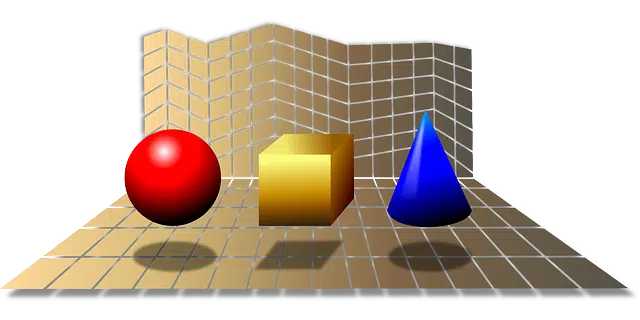
According to physics, there are three spatial dimensions.
Dimension , from Latin dimensio , is an aspect or facet of something. The concept has various uses according to the context.
It can be a characteristic , a circumstance or a phase of a thing or a matter. For example: “The political dimension of the problem is what worries me the most,” “I think the deputy fails to understand the treaty in all its dimensions,” “Critics highlighted the political dimension of the film.”
Dimension as a measure of size or space
Dimension can also be the area , volume or length of a surface, a body or a line: “When he died, my father left me a large field on the outskirts of the city,” “We have to buy a new sofa with the appropriate dimensions to fit in the available space of the living room” , “The team has never played in a stadium of these dimensions” .
The use of the concept of dimension as a measure of space or size can be symbolic : “The Chilean athlete returned to his country after achieving an achievement of unprecedented dimensions for South American athletics,” “The corruption case represented a problem of colossal dimensions for European politics” , “I did not imagine an impact of such magnitude” .
The concept in physics
For physics , dimensions are the magnitudes of a set that allow a phenomenon to be defined . In the universe, three spatial dimensions and one temporal dimension are recognized. A person can move forward/backward; up/down; left/right; or combining any of those three movements
The technique that allows reproducing three-dimensional visual information to create an illusion of depth in an image is known as 3D ( three dimensions ). We can talk, in this way, of 3D movies, 3D televisions, etc. It is worth mentioning that the concept of 3D has two main interpretations today, which differ substantially: content created from polygons to give the sensation of depth; stereoscopic content, presented in a way that the brain perceives it arranged in three dimensions, as if the viewing medium were a window to another reality and not a flat picture.

A three-dimensional television can use different techniques to display images.
How content is perceived in three dimensions
The success of both forms of 3D has been and continues to be very different. Stereoscopy is a very old technique that consists of showing each eye a different perspective of the same scene, similar to what happens in everyday life, so that the brain does not have to process the depth of the image, as it does. It happens with traditional films and photographs. Today, there are a wide variety of cameras that have two individual lenses to simultaneously capture two points of view of each frame.
To play a stereoscopic video it is necessary to have a special screen , capable of refreshing at twice the speed of a conventional one, so that each eye receives the content with the same fluidity as the other; Likewise, depending on the technology used, the use of glasses that show the appropriate image to each eye may be required, although there are screens that simply require their users to be within a certain range of positions to enjoy the content without the need for accessories.
On the other hand, there is the third dimension represented from an alteration of the scale of the elements on the screen, emulating old drawing techniques to recreate scenes in perspective , such as the vanishing point; Most current video games, for example, present settings and characters created from points that are located in a three-dimensional space, so their positions seem to change as they approach or move away from the camera.
Cinema takes advantage of both techniques to attract the audience's attention with intense experiences; When both are combined effectively, the sensation of perceiving the third dimension can be truly impressive. However, it is necessary to note that people with monocular vision cannot enjoy stereoscopy.
